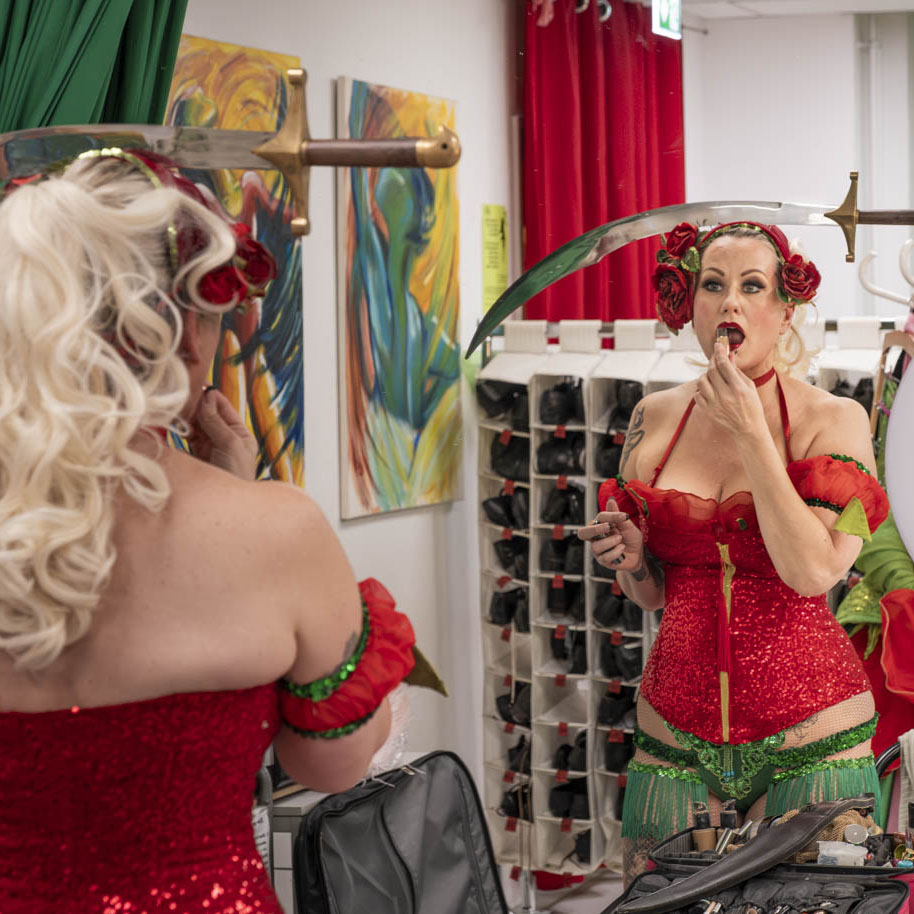What if we could see the world unlearned?
Our vision is conditioned—trained by evolution to identify objects, to name and categorize. We see the tree, not the branching. The cloud, not its billowing architecture. In our rush to recognize, we overlook the structures that connect all living forms.
Phase Shift inverts the familiar. By reversing tonal values while largely retaining original colors, these images occupy an impossible space between negative and positive, between document and dream. Trees glow like nervous systems. Skies deepen into oceanic voids. The forest becomes a cathedral of veins and vessels.
This is nature seen sideways—through the compound eye of an insect, the gaze of something arriving from very far away. The process strips the landscape of its comfortable familiarity and reveals the architecture we’ve stopped noticing: the fractal branching of winter trees, the silent choreography of clouds.
The presentation is integral to the work. Printed at approximately 60×90 cm on metallic paper, the images gain an additional dimension. The reflective surface intensifies the otherworldly luminosity of the inverted tones while incorporating subtle reflections of the surroundings—the viewer, the room, the light—into the image itself. The photograph becomes a shifting object, never quite the same twice.
The title borrows from physics, where a phase shift describes a change not in what exists, but in how it is perceived. These images do not alter nature. They alter us.
Perhaps the mystical was never elsewhere. Perhaps it was always here, waiting for our eyes to shift.












